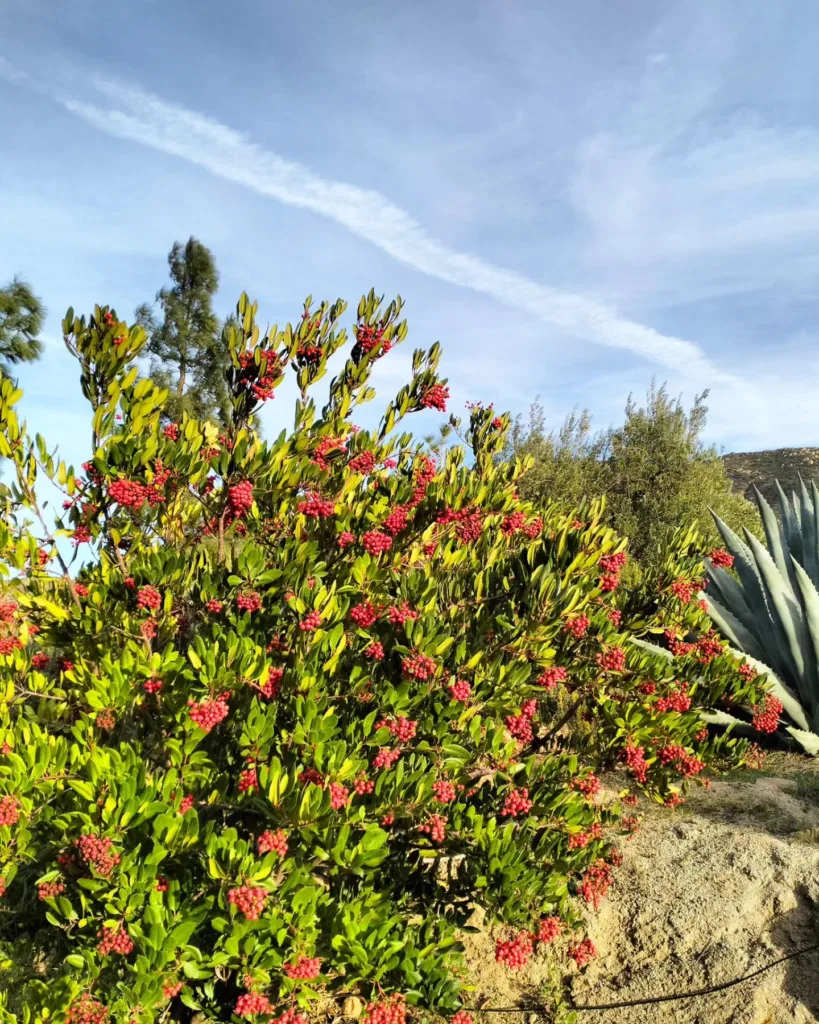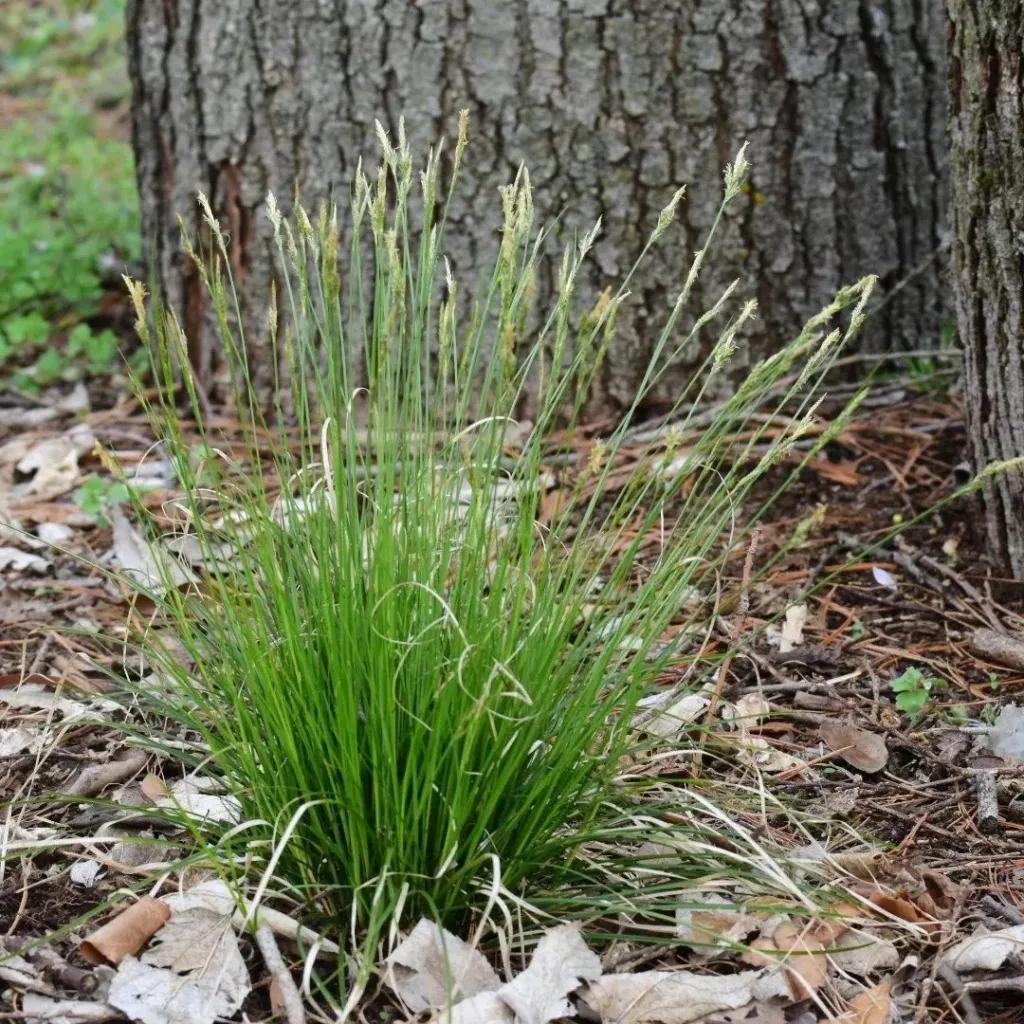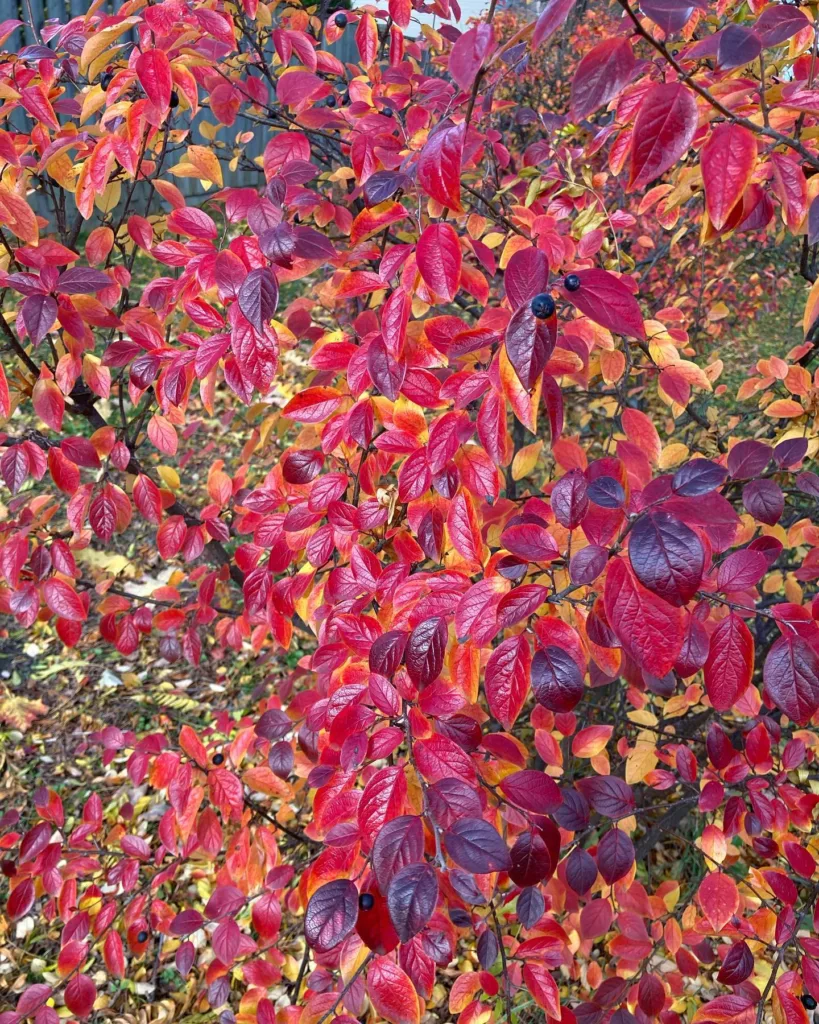
May 20 – Baptisia
"Baptisia, the wild indigo, defines May 20."
Baptisia represents wisdom and independence. You have a thoughtful and self-reliant nature, often offering guidance to others. Like this plant, you flourish in open spaces where you can grow freely.
Baptisia: A Gardener’s Love Affair
My name is Ferb Vu, and I’m an avid gardener with a particular fondness for native plants. Among my favorites is the Baptisia genus, commonly known as false indigo or wild indigo, belong to the Fabaceae family. These hardy perennials, with their striking blue, purple, yellow, and even white blooms, have captured my heart and a prominent place in my garden.
Why I Admire Baptisia
Baptisia plants are simply captivating. Their tall, graceful spires of pea-like flowers bloom in late spring and early summer, adding vertical interest and a burst of color to any landscape. The foliage, often a bluish-green, provides a lovely backdrop for the blossoms and remains attractive throughout the growing season.
But their beauty is just the beginning. Baptisias are incredibly tough and resilient plants. They thrive in a variety of conditions, from full sun to partial shade, and tolerate drought and poor soil with ease. Once established, they require minimal care, making them a perfect choice for busy gardeners like myself.
And let’s not forget their ecological value. Baptisias are legumes, meaning they fix nitrogen in the soil, benefiting surrounding plants. They also attract pollinators, such as bees and butterflies, with their abundant nectar and pollen.
A Diverse Genus
The Baptisia genus boasts around 25 species, each with its unique charm. Some of my favorites include:
- Baptisia australis: This classic species features stunning indigo-blue flowers on tall stems, reaching up to four feet in height. Plant FAQs: Baptisia Australis – Blue False Indigo
- Baptisia alba: As the name suggests, this species has elegant white flowers that contrast beautifully with its dark stems. Plant FAQs: Baptisia Alba – White False Indigo
- Baptisia sphaerocarpa: This species stands out with its bright yellow flowers and distinctive round seed pods. Plant FAQs: Baptisia Sphaerocarpa
- Baptisia tinctoria: Also known as yellow wild indigo, this species has delicate yellow flowers and a more compact growth habit. Plant FAQs: Baptisia Tinctoria
- Baptisia bracteata: This species, with its creamy white flowers and sprawling habit, is perfect for ground cover or naturalizing in meadows. Plant FAQs: Baptisia Bracteata – Bracted Wild Indigo
- Baptisia aberrans (Larisey) Weakley
- Baptisia arachnifera W.H.Duncan
- Baptisia × bicolor Greenm. & Larisey
- Baptisia × bushii Small
- Baptisia calycosa Engelm.
- Baptisia cinerea (Raf.) Fernald & B.G.Schub.
- Baptisia × deamii Larisey
- Baptisia hirsuta Small
- Baptisia lactea (Raf.) Thieret
- Baptisia lanceolata (Walter) Elliott
- Baptisia lecontei Torr. & A.Gray
- Baptisia leucophaea Nutt.
- Baptisia megacarpa Chapm. ex Torr. & A.Gray
- Baptisia × microphylla Nutt.
- Baptisia nuttalliana Small
- Baptisia perfoliata (L.) R.Br.
- Baptisia × serenae M.A.Curtis
- Baptisia simplicifolia Croom
- Baptisia × sulphurea Engelm.
- Baptisia × variicolor Kosnik, Diggs, Redshaw & Lipscomb
Cultivating Baptisia
Growing Baptisia is a rewarding experience. They prefer well-drained soil and a sunny location, but they can tolerate some shade. Once established, they are drought-tolerant and require minimal watering. Deadheading spent flowers can encourage a second flush of blooms, and cutting back the foliage in late fall helps maintain a tidy appearance.
Baptisia can be propagated by seed or division. Seeds require scarification or cold stratification to break dormancy. Division is best done in early spring or fall when the plant is dormant.
A Versatile Plant
Baptisia’s versatility in the garden is another reason I adore it. It works beautifully in a variety of settings, from formal borders to informal cottage gardens. It can be used as a specimen plant, in mass plantings, or combined with other perennials for a stunning display.
I particularly enjoy pairing Baptisia with ornamental grasses, such as switchgrass or little bluestem. The contrasting textures and colors create a dynamic and visually appealing combination.
A Lasting Legacy
Baptisia is not just a beautiful plant; it’s also a piece of American history. Native Americans used various Baptisia species for medicinal purposes and as a source of dye. The common name “false indigo” comes from the plant’s use as a substitute for true indigo (Indigofera tinctoria) in dye production.
Today, Baptisia continues to be valued for its beauty, resilience, and ecological benefits. It’s a plant that deserves a place in every garden, and I encourage fellow gardeners to experience its charm for themselves.
If i die, water my plants!



